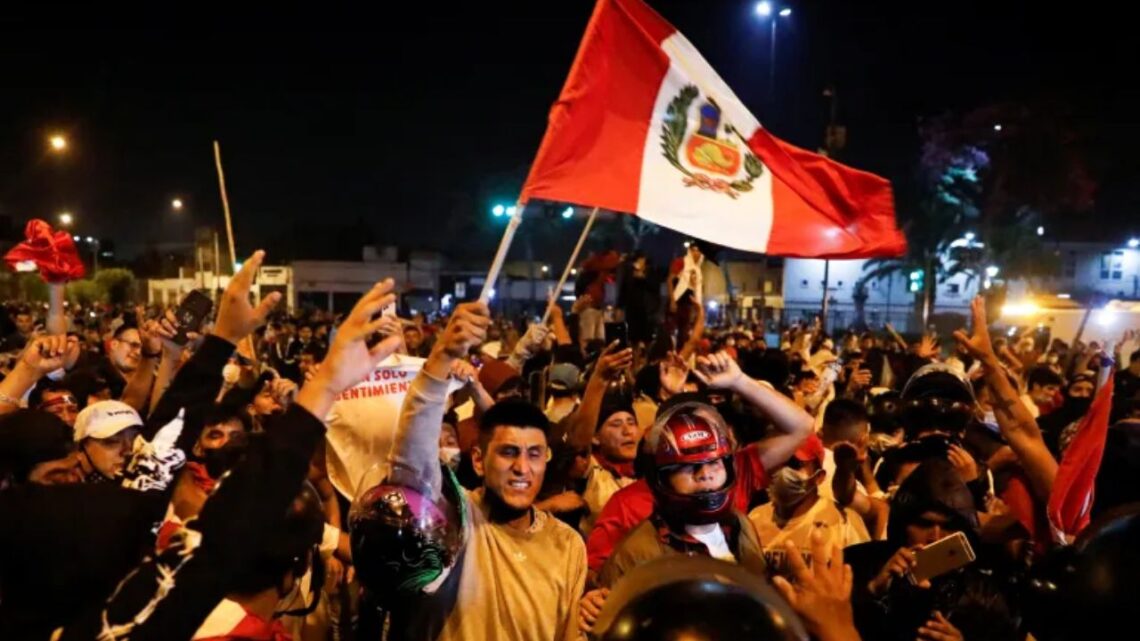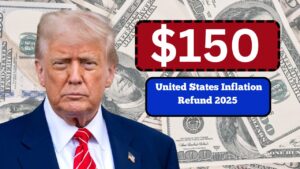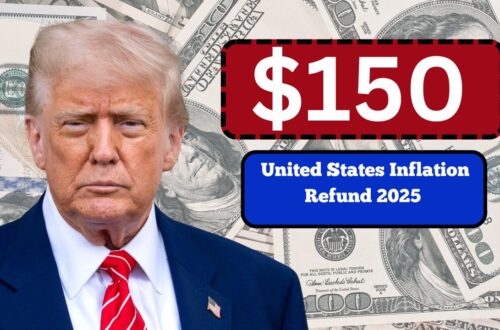In a dramatic escalation of political unrest, Peru’s government announced a state of emergency in Lima in response to mounting violence tied to mass protests.
The turmoil follows a wave of demonstrations that left hundreds injured and one person shot dead near the capital’s Congress. The move to impose emergency rule underscores how deep the crisis has become, and signals drastic measures ahead.
Why the Emergency Was Declared
The cabinet head, Ernesto Álvarez, confirmed that after high-level consultations, the government will “declare a state of emergency at least in Metropolitan Lima” to curb the violence unleashed by organized crime and street protests.
Authorities argue that unrest has exceeded ordinary policing capacity.
The decision comes after Wednesday’s clashes, in which hundreds were wounded in confrontations between protesters and police near Congress. During that violence, a protester was shot and killed—a flashpoint event igniting public outrage.
The government frames the emergency decree as a tool to restore order and prevent further loss of life.
What Happened: Death, Injuries & Chaos
Clashes erupted as thousands gathered to protest the interim government, condemning corruption, ineffectiveness, and rising crime. Tensions quickly boiled over:
- A protester was shot dead during confrontations near Lima’s Congress building.
- Hundreds were injured, including civilians, police officers, and journalists.
- Police responded with tear gas and force to disperse crowds.
- Protesters used fireworks, stones, and attempted to breach barriers.
The protest’s location—right outside Congress in Lima—made the confrontation especially symbolic and volatile.
Key Details at a Glance
| Metric | Detail |
|---|---|
| Fatalities | 1 protester killed by gunfire |
| Injuries | Hundreds across protesters, police, media |
| Clash zone | Near Lima’s Congress, center of protest action |
| Police tactics | Tear gas, crowd dispersal, barriers |
| Protester action | Fireworks, projectiles, attempted breaches |
| Emergency scope | At least Metropolitan Lima |
| Government rationale | Curb violence, restore order, deploy exceptional powers |
| Leadership statement | Cabinet head Álvarez publicly announced intention |
Powers & Restrictions Under Emergency Rule
Declaring a state of emergency allows the government to suspend certain civil liberties temporarily, control movement, deploy security forces heavily, and impose curfews or restrictions. The precise restrictions in this instance are expected to include:
- Curfews or restricted hours
- Suspension of public gatherings
- Heightened law enforcement authority
- Enhanced surveillance or checkpoints
These measures are controversial: while supporters argue they are necessary to curb violence, critics warn they risk abuse and civil rights violations.
Political Fallout & Government Pressure
The declaration of emergency adds fuel to public distrust in the interim regime. Protesters have long demanded:
- Resignation or replacement of the current government
- Dissolution of Congress
- New elections or constitutional reform
The killing of a protester has become a rallying cry among opposition leaders and youth movements. If the state of emergency fails to calm tensions—or is perceived as oppressive—it could further destabilize governance and lead to deeper unrest.
Meanwhile, internal government pressure is rising: cabinet ministers and security agencies must now balance strong response with legitimacy and restraint.
The eyes of the nation—and international observers—are watching closely.
Peru’s decision to impose a state of emergency in Lima marks an intense escalation in its political and social crisis.
After protests turned deadly—with one shot dead and many injured—the government is adopting extraordinary powers to regain control.
But with the public already on edge, this move is a gamble. If it quells violence without overreach, it might restore calm. If not, it risks igniting a larger backlash that could deepen the country’s polarization and threaten democratic stability.









